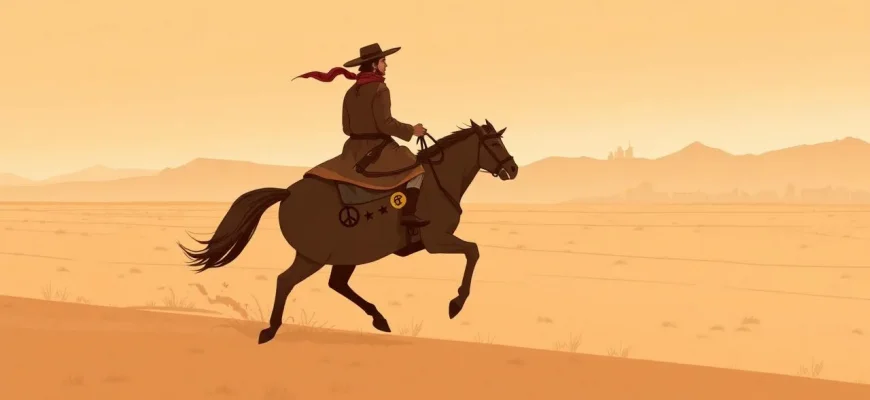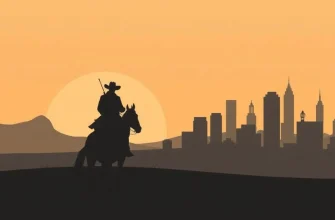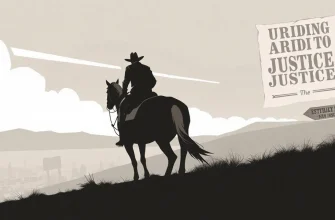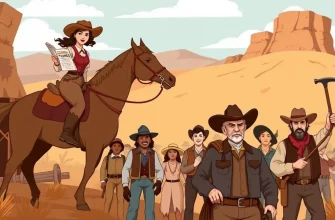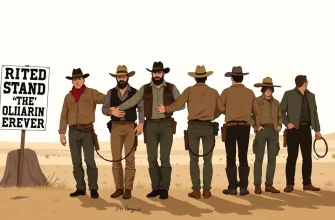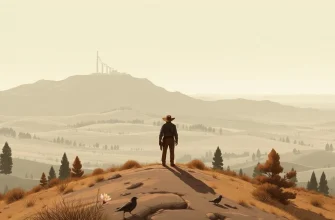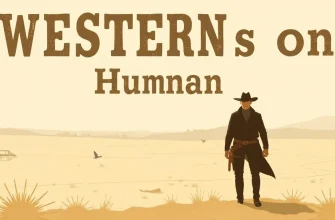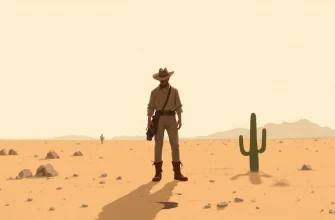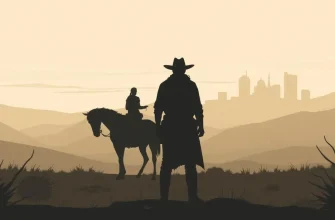The Wild West, often portrayed as a lawless land of opportunity and adventure, also has a rich history of social unrest and protest. These films delve into the heart of resistance, showcasing characters who stand up against injustice, fight for their rights, or challenge the status quo. From labor disputes to land rights, these Westerns provide a unique lens through which we can view the struggle for change in a time of rugged individualism and frontier justice.
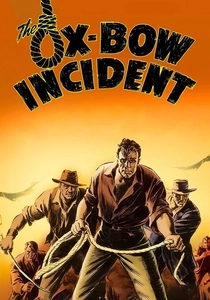
The Ox-Bow Incident (1943)
Description: A classic Western that examines mob justice and the protest against it. A group of men take the law into their own hands, leading to a tragic outcome that questions the morality of vigilante justice.
Fact: The film was nominated for an Academy Award for Best Picture, highlighting its critical acclaim.
 Watch Now
Watch Now 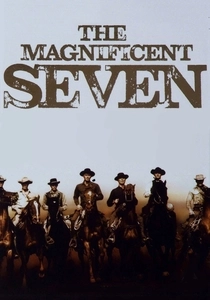
The Magnificent Seven (1960)
Description: Although not explicitly about protests, the film's theme of a small village standing up against bandits can be interpreted as a form of collective resistance.
Fact: The film was a remake of Akira Kurosawa's "Seven Samurai," adapting the story to a Western setting.
 Watch Now
Watch Now 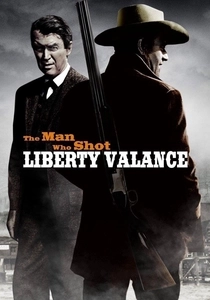
The Man Who Shot Liberty Valance (1962)
Description: While not directly about protests, this film explores the transition from lawlessness to civilization, with a subplot of resistance against tyranny embodied by the character Liberty Valance.
Fact: The famous line "When the legend becomes fact, print the legend" comes from this film.
 Watch Now
Watch Now 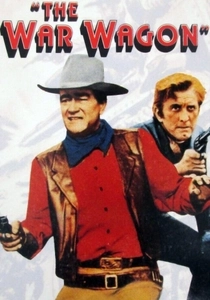
The War Wagon (1967)
Description: A group of outcasts plan a heist against a corrupt businessman, which can be seen as a form of economic protest against exploitation.
Fact: The film features John Wayne and Kirk Douglas, making it a star-studded Western.
 Watch Now
Watch Now 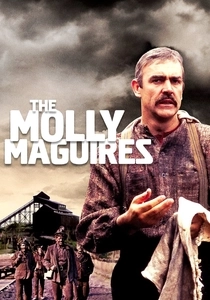
The Molly Maguires (1970)
Description: Set in the 19th-century Pennsylvania coal mines, this film depicts the secret society of Irish-American miners who protest against harsh working conditions through acts of sabotage and violence.
Fact: The film was inspired by real events and the historical Molly Maguires organization.
 Watch Now
Watch Now 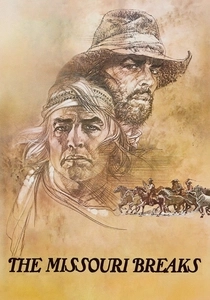
The Missouri Breaks (1976)
Description: While primarily a tale of a cattle rustler and a hired gun, the underlying theme of resistance against the encroachment of big ranching interests on small homesteaders resonates with the spirit of protest.
Fact: This was the only film to star both Marlon Brando and Jack Nicholson.
 Watch Now
Watch Now 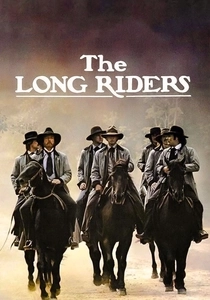
The Long Riders (1980)
Description: Focused on the James-Younger Gang, this film captures the spirit of rebellion against authority, with the gang's actions often seen as a form of protest against the economic system.
Fact: Real-life brothers played the brothers in the gang, adding a unique layer of realism to the film.
 Watch Now
Watch Now 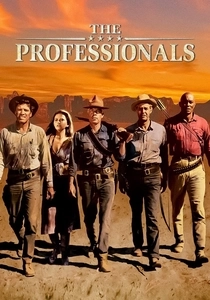
The Professionals (1966)
Description: A group of mercenaries hired to rescue a kidnapped wife turn their mission into a protest against the corrupt system that led to her abduction.
Fact: The film was one of the first to feature a diverse cast in a Western setting.
 Watch Now
Watch Now 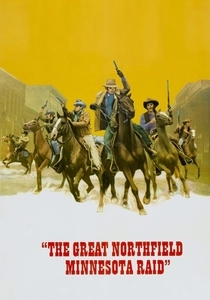
The Great Northfield Minnesota Raid (1972)
Description: This film recounts the James-Younger Gang's attempt to rob the First National Bank in Northfield, Minnesota, which turns into a protest against the gang's criminal activities by the town's citizens.
Fact: The film was shot on location in Northfield, Minnesota, adding authenticity to the setting.
 30 Days Free
30 Days Free 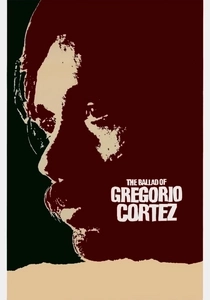
The Ballad of Gregorio Cortez (1982)
Description: This film tells the true story of Gregorio Cortez, a Mexican-American who becomes a folk hero after a misunderstanding leads to a manhunt. It's a tale of resistance against racial injustice and the power of community support.
Fact: The film was based on a corrido (a Mexican ballad) and was one of the first to portray a Mexican-American hero in a positive light.
 30 Days Free
30 Days Free 
